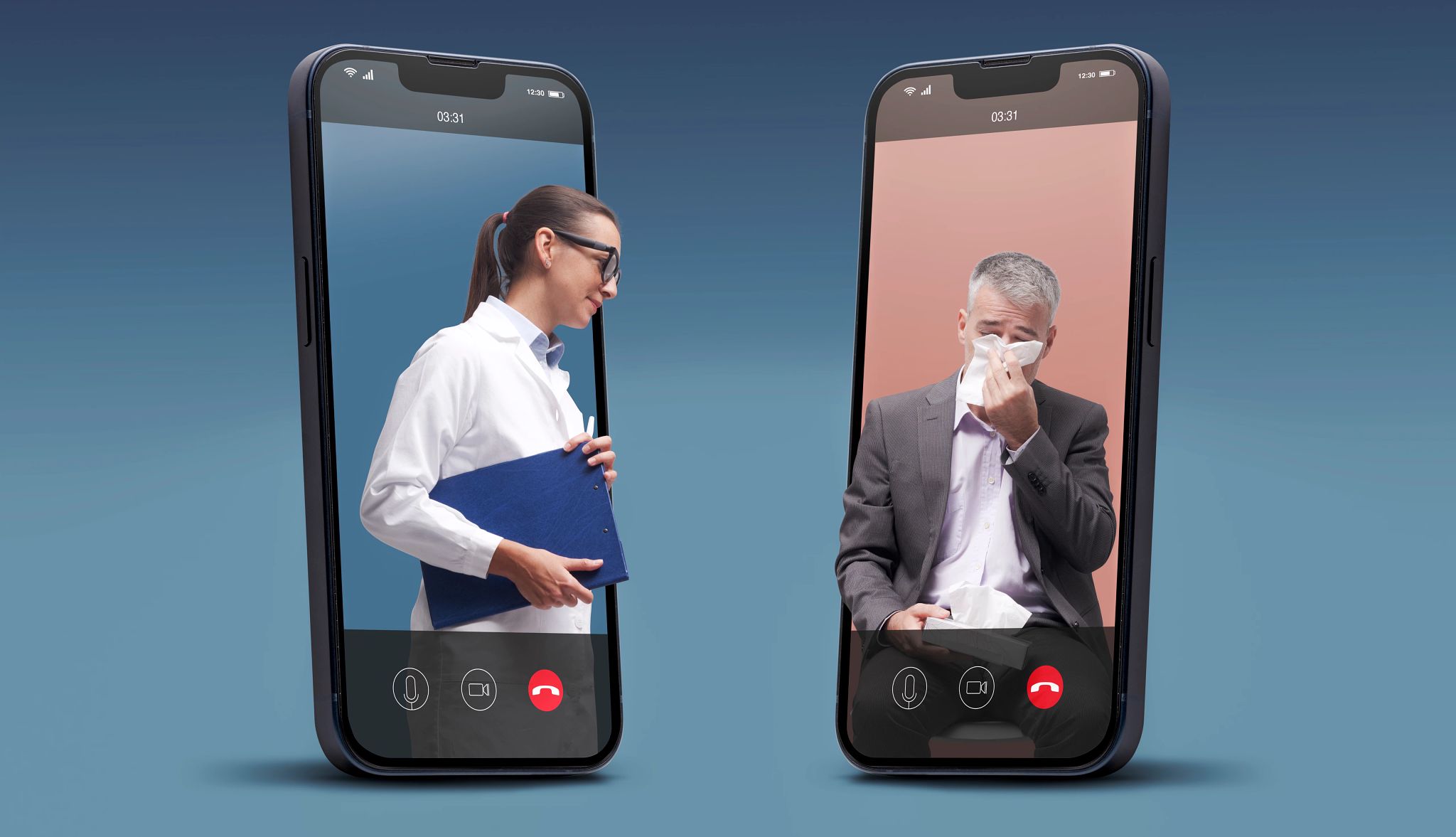
Medicare telehealth coverage is extended
- Select a language for the TTS:
- UK English Female
- UK English Male
- US English Female
- US English Male
- Australian Female
- Australian Male
- Language selected: (auto detect) - EN
Play all audios:

‘IT’S IMPORTANT TO VIRTUALLY EVERY AMERICAN’ Medicare coverage for telehealth appointments has broad bipartisan support, says Kyle Zebley, senior vice president of public policy for the
Washington-based American Telemedicine Association. It sets a standard for other insurers as well. “Telehealth is important because it breaks down geographic barriers to care,” he says.
“It’s important to virtually every American.” Nearly three-quarters of adults 50 and older said they used telehealth services at least once in the past 12 months, according to a January 2024
AARP poll. Nine in 10 said they were somewhat or very satisfied with their experience; about half of those surveyed were on Medicare, the federal insurance program that helps pay health
care costs for adults age 65 and older and some younger than 65 with disabling conditions. ‘People with Medicare are accustomed to checking in with their health care providers from the
comfort of their own home ... to assist with managing chronic conditions or see specialists that work far away.’ — Andrew Scholnick, AARP Telehealth is most popular among people 65 and older
with long-term disabilities, as well as those who qualify for both Medicare and Medicaid, according to KFF, a Washington-based nonpartisan nonprofit formerly known as the Kaiser Family
Foundation that studies health care trends. Medicaid is a federal and state program that covers health and long-term care costs for people with limited income and assets. “People with
Medicare are accustomed to checking in with their health care providers from the comfort of their own home,” says Andrew Scholnick, government affairs director at AARP. “Some people are
using technology to assist with managing chronic conditions or see specialists that work far away.” MEDICAL APPOINTMENTS AT HOME HELP THOSE WITH DISABILITIES If the Medicare coverage for
telehealth that’s now in place isn’t extended beyond Sept. 30, patients will have to travel to an office or medical facility for most telemedicine services. Those not in a rural setting
could still have certain Medicare telehealth services covered, including monthly consultations about home dialysis for kidney failure; diagnosis and treatment of sudden stroke symptoms; and
some mental health care. In the first quarter of 2020 before the pandemic, fewer than 7 percent of Medicare patients used telehealth services, according to CMS data. That shot up to nearly
47 percent the next quarter. By the end of 2023, the percentage had dropped substantially, to about 13 percent of people using original Medicare, but that’s still twice the rate of those
using telehealth before the pandemic, says Alex Cottrill, senior policy analyst for KFF’s Medicare policy program. “Telehealth can be a lifeline for people with disabilities, especially for
disabilities that impact their mobility,” Cottrill says. People whose incomes are low also may have a tougher time physically getting to a doctor’s office or may not be able to miss work for
an in-person visit.
